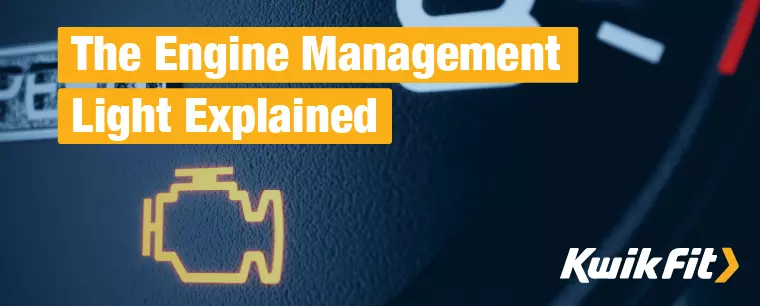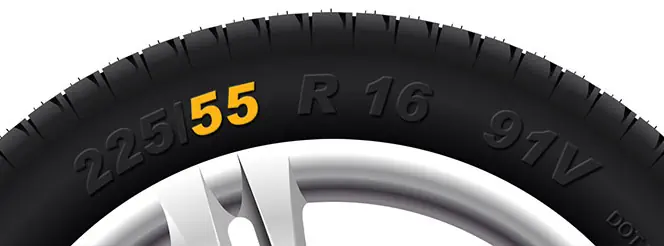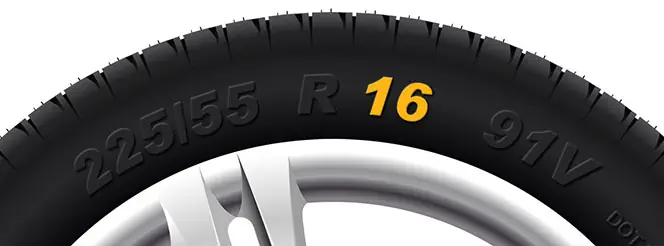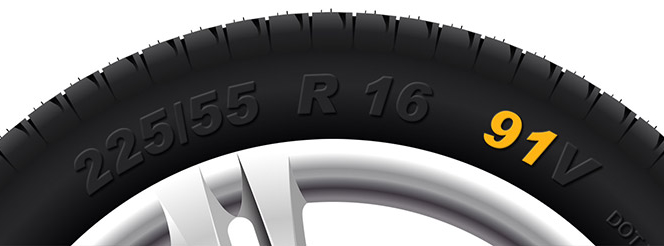The Engine Management Light Explained
Jack Dreyer | Friday 21st April 2023 10:00am

Seeing a dashboard light lit up can take your mood anywhere from mild irritation to sheer panic, especially when it’s the engine management light. The severity of dashboard warning lights is split into red for most severe, yellow for warnings, and green/blue for informational. You can find out what every dashboard warning light means on our dedicated page here but, despite it being a yellow warning, the engine management light is never one to ignore.
Let’s look at what it is.
Dashboard lights indicate faults
Essentially, all dashboard warning lights light up when a sensor has picked up a certain input. With some, there’s a single sensor that is reading for a particular input, so they’re easy to diagnose when they’re lit. For example, if your car has a TPMS, then the TPMS light will light up to indicate if there’s reduced pressure in your tyre. You simply have to pump the tyre up to address the issue – assuming you don’t have a puncture.
With the complexity of modern cars, however, some of the lights have to be much more vague. The engine management light is one of these.
What does engine management light mean?

Many modern cars have the same dashboard icons light up in different colours depending on the severity of the fault. If the engine management light comes on, it could mean that you have an urgent and serious problem with your engine.
Amber Check Engine Light
An amber light usually means that you are able to continue driving but should have the car checked as soon as possible. If it’s solidly lit, then it could indicate a fault with the exhaust system or the diesel particulate filter (in a diesel car). A fault here will usually mean you can continue driving but you’ll often feel much less power from the engine.
If the Check Engine light is flashing amber, it usually indicates a more serious fault, or the same fault to a more serious degree. If this is flashing, you’ll usually know something is wrong without needing to look at the dashboard, but try to pull over at a safe place and see if there’s anything obviously wrong. At this point, you may need to call for breakdown assistance but you’ll usually be able to get to a local repair garage in time. But be sure to check the fuel filler cap – sometimes, an open or loose fuel filler cap leads to pressure changes that can cause this warning light to come on.
Red Check Engine Light
This is the most severe warning, indicating something has gone seriously wrong with the engine. If you see this, then immediately drive to a repair garage or pull over and phone roadside assistance.
Trust the experts
Engine warning lights will usually stay on until an auto technician can use their OBD equipment to diagnose a fault, repair the issue, and manually reset the light. When it comes to your engine, be sure to trust the experts.
Any facts, figures and prices shown in our blog articles are correct at time of publication.
Featured Articles
Is it Illegal to Drive With One Headlight?
Saturday 19th July 2025
Wondering if it’s illegal to drive with one headlight? Learn about the safety risks and penalties of illegal blown bulbs and why you should fix them promptly.
Air Con in EVs & Hybrids: Experts Answer Your Questions
Monday 30th June 2025
Does air con drain EV batteries? Can you use the air con while charging an electric car? Find out the answers to these questions & more from Kwik Fit’s experts.
Why Is Your Car Making a Noise? Fixes & Tips
Friday 13th June 2025
When your car starts making unexpected noises, it can certainly be quite disconcerting; it may be nothing to worry about, but here’s what you need to know.









